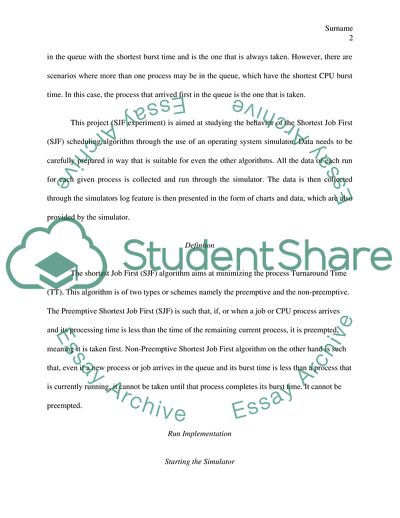Cite this document
(Operating System Simulator Report Example | Topics and Well Written Essays - 2750 words, n.d.)
Operating System Simulator Report Example | Topics and Well Written Essays - 2750 words. https://studentshare.org/information-technology/1766850-the-simulator-manual
Operating System Simulator Report Example | Topics and Well Written Essays - 2750 words. https://studentshare.org/information-technology/1766850-the-simulator-manual
(Operating System Simulator Report Example | Topics and Well Written Essays - 2750 Words)
Operating System Simulator Report Example | Topics and Well Written Essays - 2750 Words. https://studentshare.org/information-technology/1766850-the-simulator-manual.
Operating System Simulator Report Example | Topics and Well Written Essays - 2750 Words. https://studentshare.org/information-technology/1766850-the-simulator-manual.
“Operating System Simulator Report Example | Topics and Well Written Essays - 2750 Words”. https://studentshare.org/information-technology/1766850-the-simulator-manual.


